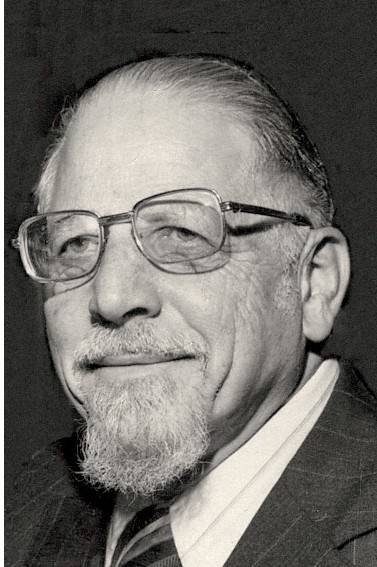These extracts were constructed from interviews with Maimonides School graduates who took Rabbi Isaiah Wohlgemuth's Beurei HaTefillah course.
- Beurei HaTefillah was taught one hour each week throughout the entire school year to every high-school class; starting in the 9th grade. Rabbi Wohlgemuth would go slowly, and he would make sure that nobody was left behind — the whole class needed to be ready to move on.
- Classes were in English. Students would often bring their Siddur to class to be able to see the Hebrew prayer text being discussed.
- The school year starts at about the same time as Rosh Hashanah, Yom Kippur, Sukkot and Shemini Atzeret. Rabbi Wohlgemuth would begin each school year teaching elements of Tefillah for the holiday. After that, he would more-or-less cover Tefillah sequentially as in the Siddur. Some prayers, Hallel for example, would be discussed again at Rosh Hashanah, Rosh Chodesh, Peisach to refine and differentiate the content and intent.
- Introduction of new material was incremental and instruction at grade-appropriate level. Amount of Hebrew used and level of sophistication of Rabbi Wohlgemuth's classroom instruction would increase with grade level since a student’s knowledge of the Hebrew, Talmud and Tanach also would have grown grade-by-grade.
- Rabbi Wohlgemuth understood the need for repetition and extension of subjects previously covered and introduced in an earlier grade. Questions on quizzes, and the final exam all 12th grade students had to pass to receive their diploma, were all taken from the 365 questions in his Sefer Mekorot. Rabbi Wohlgemuth did not use them to test his students’ knowledge, but most importantly to reinforce their retention of the Tefillah topic.
- In class, Rabbi Wohlgemuth taught Beurei HaTefillah, as he does in his book — Guide to Jewish Prayer, by posing a question concerning a particular posek. Than he would present and discuss answers, enlarge the discussion and then — most importantly — help students see how they could put understanding a new element of Tefillah into use the next day in their own davening.
- Rabbi Wohlgemuth’s students cherish the influence he exerted — and continues to exert — on their lives:
- “Rabbi Wohlgemuth’s philosophy of teaching was simple — you have to love the child, then the child learns to love you and wants to learn everything from you. Rabbi Wohlgemuth had a very soft demeanor, and even when he was being harsh, you could tell that underneath, he was cracking up. There was an impishness about him. He peppered our classes with games and exercises.”
- Rabbi Wohlgemuth davened regularly with the Maimonides School high-school student minyan. A member of the Maimonides School affiliated Kehillah minyan wrote, “When I pray today, I often feel as if Rabbi Wohlgemuth is with me.”
- “Everything he taught us was practical. He had an infectious way of teaching. We took away a love of Torah and Jewish tradition as well as an appreciation of general culture.”
- “Rabbi Wohlgemuth’s Beurei HaTefillah class was the one in which we paid the most attention, the one whose notes we have saved over the years.”
- “The world of Jewish text is a difficult one to open up. Some people take to it naturally, some struggle with it, but he made the text accessible to everyone.”
- A 1982 Maimonides graduate wrote, “I not only remember the halachic, philosophical and aggadic teachings he left us with, but I have used them over the past decades nearly every day. I can’t think of the first bracha of the Amidah without thinking — do I really have the merits of our forefathers or not, or the million other parts of the Tefillah where understanding and kavanah were built on Rabbi Wohlgemuth’s teachings.”
- “It was about taking prayers seriously, intellectually as well as emotionally. Prayers are very emotional and private, but Rabbi Wohlgemuth put a kind of intellectual structure and rigor to it.”



